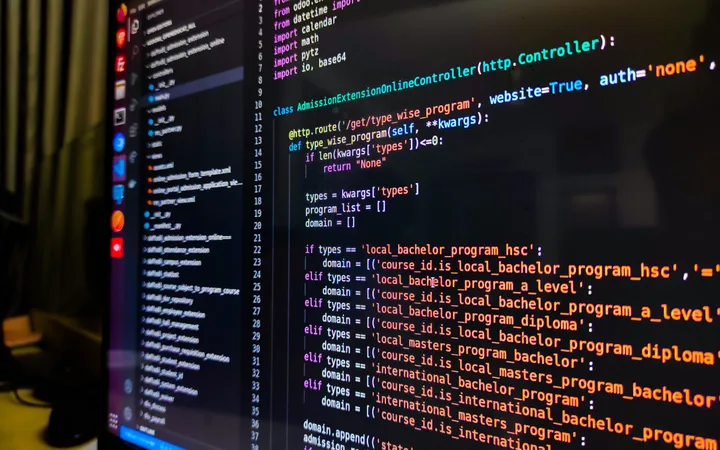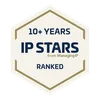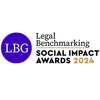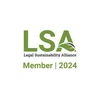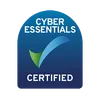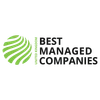There’s one simple test that reveals whether your software invention can be patented.
#
Here, our software expert Terence Broderick dispels the myth that software is always too difficult and costly to protect with patents.
Software has never been more integrated in our everyday lives than it is today, affecting every aspect of technology from connected cars to digital banking. As a Patent Attorney, I’m always asked about whether it’s even possible to protect inventions implemented by software. The answer you usually find is a negative one — that it’s very difficult and far too costly to even attempt to patent anything software-related. However, this isn’t quite the case, and there’s one simple test to work out whether your invention has a strong chance of gaining protection.
Can I patent software? — The simple answer #
The simple answer is yes — it’s very possible to protect inventions that are implemented by software using a patent, but this comes with a proviso: that the invention solves a technical problem. This is the same criteria as every other technical field, but it draws more discussion in software as the law around patentable inventions hasn’t always been kind.
Pushing negativity aside #
In the past, software has been looked upon as entirely non-technical and abstract. This isn’t helped by the media, which seems to go to great lengths to trawl through patent news sources looking to find examples where a large technology company has tried and failed to patent the pressing of a button, or the turning of a page, or some other task that they falsely consider to be banal.
Software, in some quarters, was also seen as the domain of the nerd — something only interesting to ‘boffins’, without any practical relevance.
However, software now takes an incredibly active role in all our lives. We all have mobile phones which are run by software. We all drive cars which are run by software. Many of us also now use a personal assistant, such as an Amazon’s Alexa. This again, is run by software.
The truth is that anybody who has been involved in the development of software for any commercial reason knows that it carries many difficulties. They include allocation of memory, processor capacity, architecture selection and many other considerations which go way beyond the trivial and delve deep into the technical.
What is ‘a technical problem’? #
While solving a technical problem is essential for patent protection in all technical fields, it becomes much more nuanced for software-implemented inventions.
Essentially, the issue is how to separate the invention from the normal running of a computer. All modern computers can run software to some extent, and some would argue that this is why software is unworthy of patent protection (i.e. that it’s inherently already known).
Whether this is true or not, if you’re developing an invention which is being controlled by software, it’s important to have some guidelines around what gives an invention a chance of being granted a patent.
Two key questions #
There are two key questions to think about when you are thinking of filing a patent application to protect your software.
Firstly, is the software improving the computer in some way? That is, is the computer being made better by the software? Examples may be improved memory allocation, more efficient processing, increased resistance to hacking or an improved display.
Secondly, is the software improving a technical process? Consider a piece of software that controls an insulin pump. This may be worthy of a patent if it provides a more accurate prediction of when the insulin is required, or delivers a dose more accurately. Similarly, consider a connected car. A piece of software that controls the position of the vehicle may be worthy of a patent if it improves the prediction of a potential road accident, or determines that a driver is drowsy and generates a signal to alert the driver to the danger of their condition.
If you answer either question with a yes, then you should think about filing a patent application. If both answers are yes, you have an even more convincing case.
Can you still apply for a patent if your answers are ‘no’? #
Even if you answer both questions with no, it may still be useful to file a patent application, even if this route might hold some difficulties. The reason is, quite simply, if you don’t ask, you don’t get. Additionally, it’s very possible that the mere presence of your patent application may make life more difficult for your competitors as they toy with the risk of potential infringement while your application is pending. Even if it never grants and can never be enforced, it may give your competitors a few years of uncertainty while you establish your customer base and brand.
Get expert insight, tailored to your business #
Our experienced software patent team can provide you with tailored insight as to where your invention sits on the spectrum between non-patentable and patentable subject matter.
If you’re developing software and are mulling over the idea of filing a patent application, get in touch with us for an initial chat about your options.
